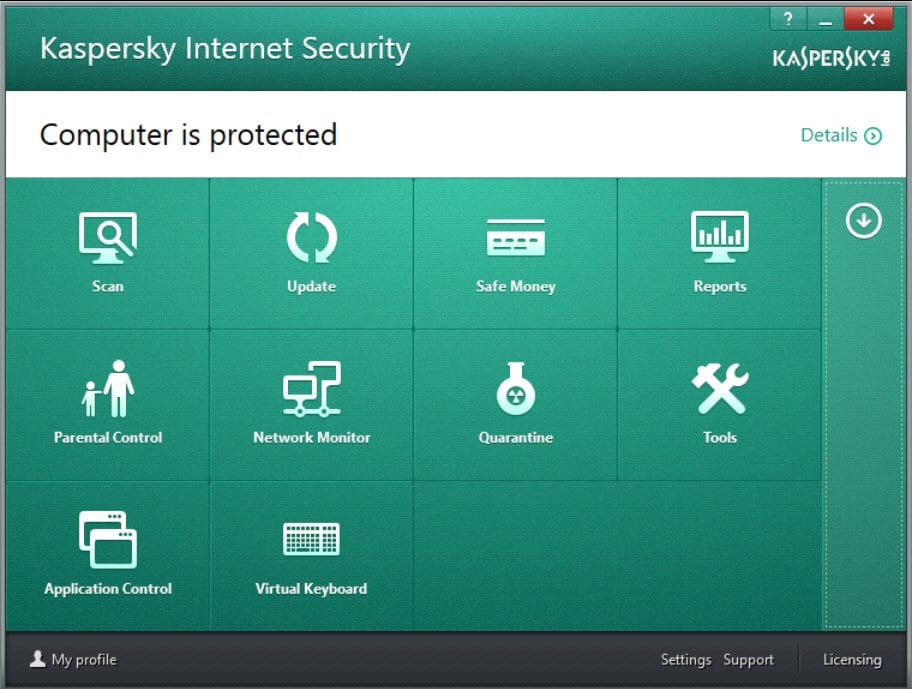


We want to open some things for the sake of convenience (shopping and health apps, for instance).

The second is: USE YOUR PASSWORDS and turn on two-step verification wherever you can. Avoid any information that someone may learn by reading your social media profiles. Avoid obvious hooks, like your address, recognizable names, dates, and phone numbers. One very important rule: ensure that your password is unique. Check with your platform they may have specific requirements like the length and number, and type of symbols. You should also have numbers and symbols (ex: # $). The first is the length – a minimum of 12 characters, with a mix of uppercase and lowercase letters. There are some basic rules for good passwords. Start with passwords: lockdown your devices, software and information with strong passwords that protect you from becoming an easy hack. Some action points that everyone can use to help step up: So, when we say, “Be Cyber Smart and Lock It Down,” what we mean is taking personal responsibility for not only how you connect but also actions you take to keep yourself secure. For instance, hackers can break into your personal computer without you knowing it, add malware to one of your devices that unpacks wherever you go, bypassing firewalls and other security, straight into your home network, friend’s home, the library, and your workplace.Ī “cybersecure mindset” protects you, your devices, and your data and everywhere you connect your devices. One hack of a single individual can lead to a cascade of hacks and much larger problems. However, if they’re among the growing thousands of victims each year, hackers will force them to pay a ransom for their precious data or steal their identity or worse. If they’re lucky, it’ll be a minor inconvenience, and their anti-virus software will stop the malware before it can cause serious damage. Some people may choose to ignore the advice and throw caution to the wind. There were also 226.3 million ransomware attacks through May of this year, up 116% year to date over last year. workforce started working from home due to the pandemic. Some of the increase occurred as more of the U.S. According to the widely quoted Mid-Year Update for the 2021 SonicWall Cyber Threat Report, ransomware attacks rose to 304.6 million in 2020, up 62% over 2019. Today reality is that cybercriminals are all the time trying to hack into organisations and individuals’ devices and steal crucial information and data. By Debasish Mukherjee, Vice President, Regional Sales APAC, SonicWall Inc


 0 kommentar(er)
0 kommentar(er)
